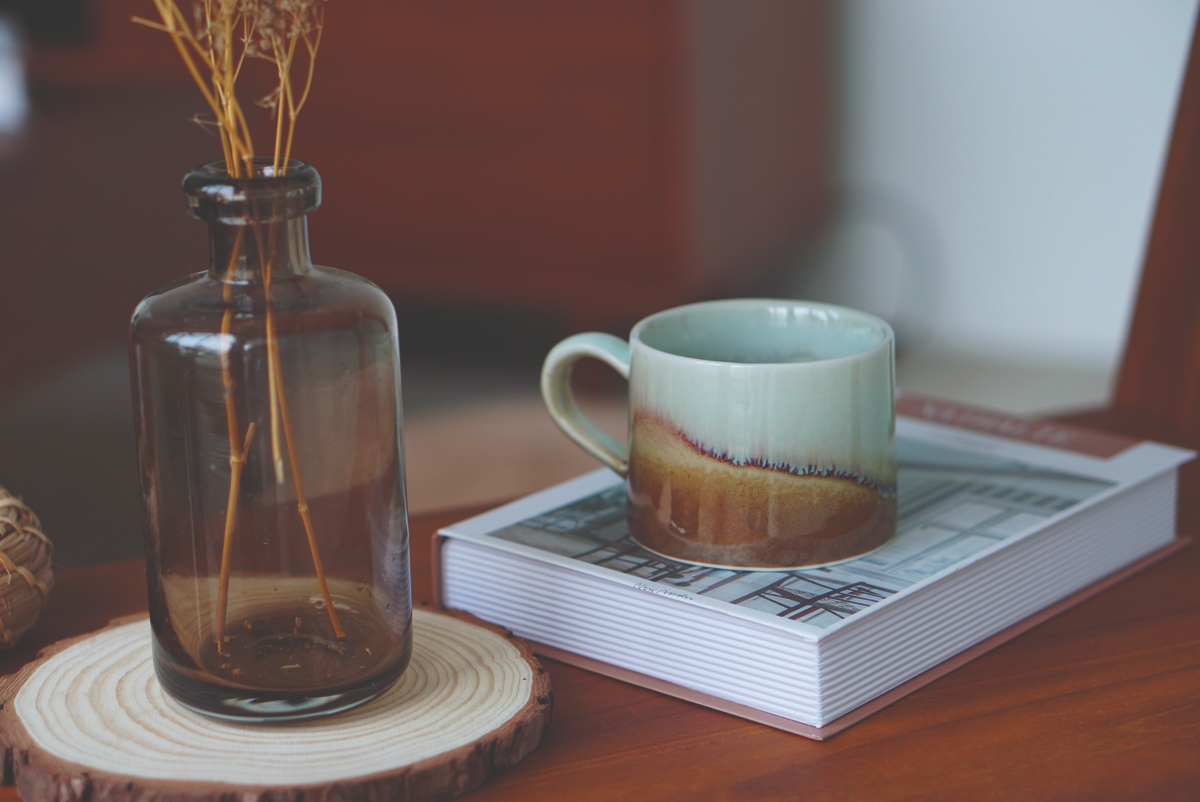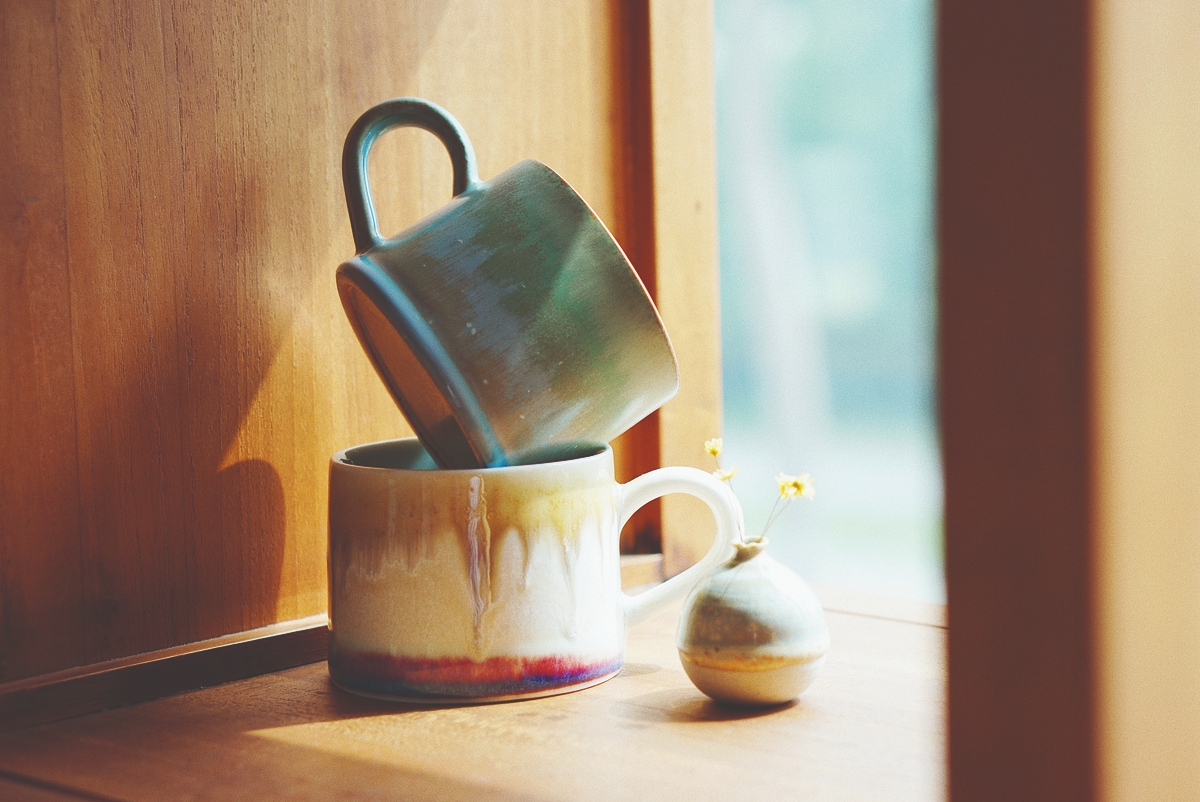Meet Mengxi and Carol, founders of a boutique design agency and handmade ceramic store, Ohleaf.
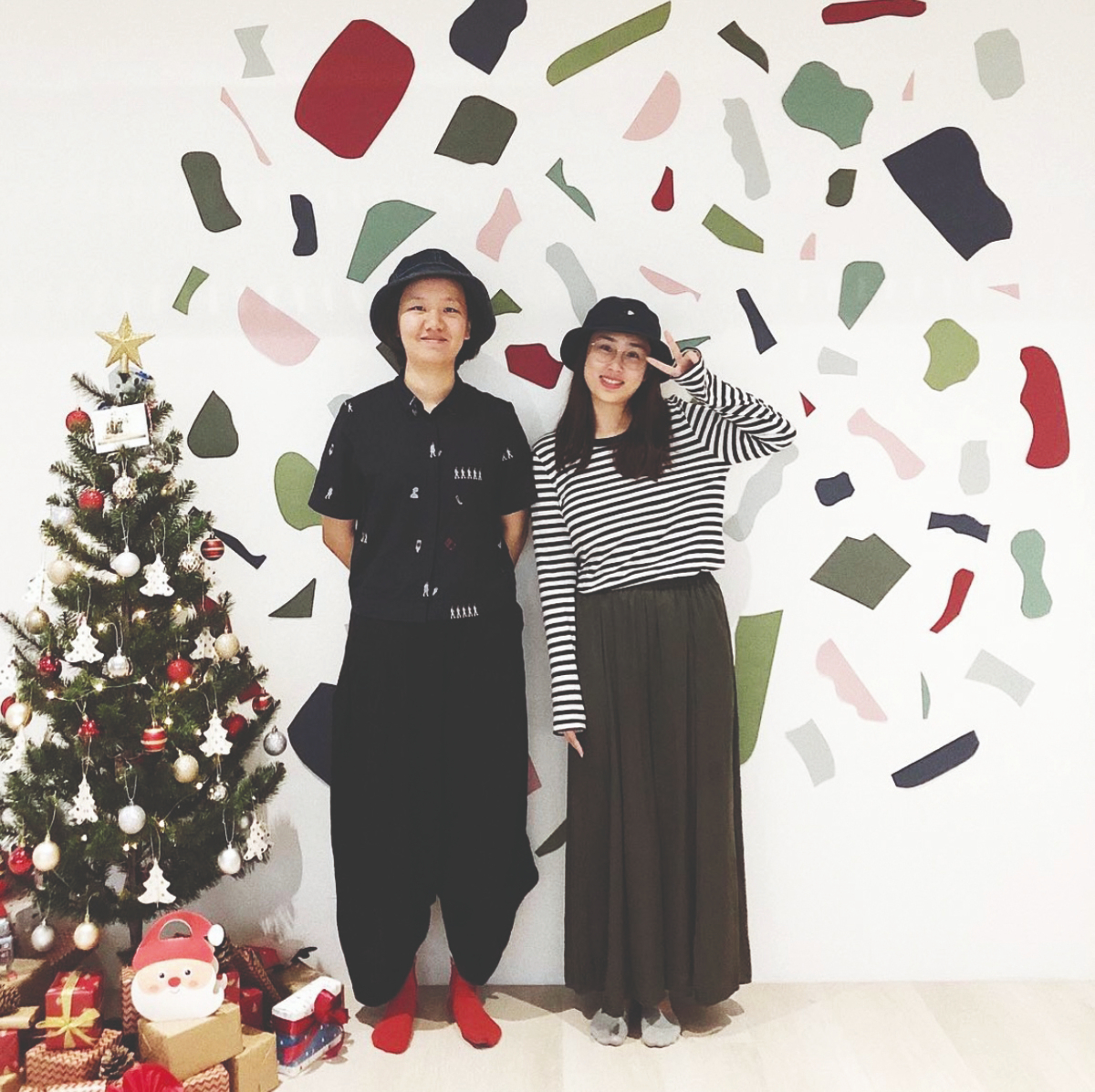
Tell us a bit about yourself.
My name is Mengxi, and I was born in China. I have lived in Singapore for 15 years. Together with my business partner, Carol Long, I founded my own boutique design agency and ohleaf. With over seven years of training as an experience and product designer, I recently added a degree in Psychology to my qualifications last year. I firmly believe that design should do more than just showcase creativity or visual aesthetics; it should bring people closer, express diversity, challenge stereotypes, and foster communication.
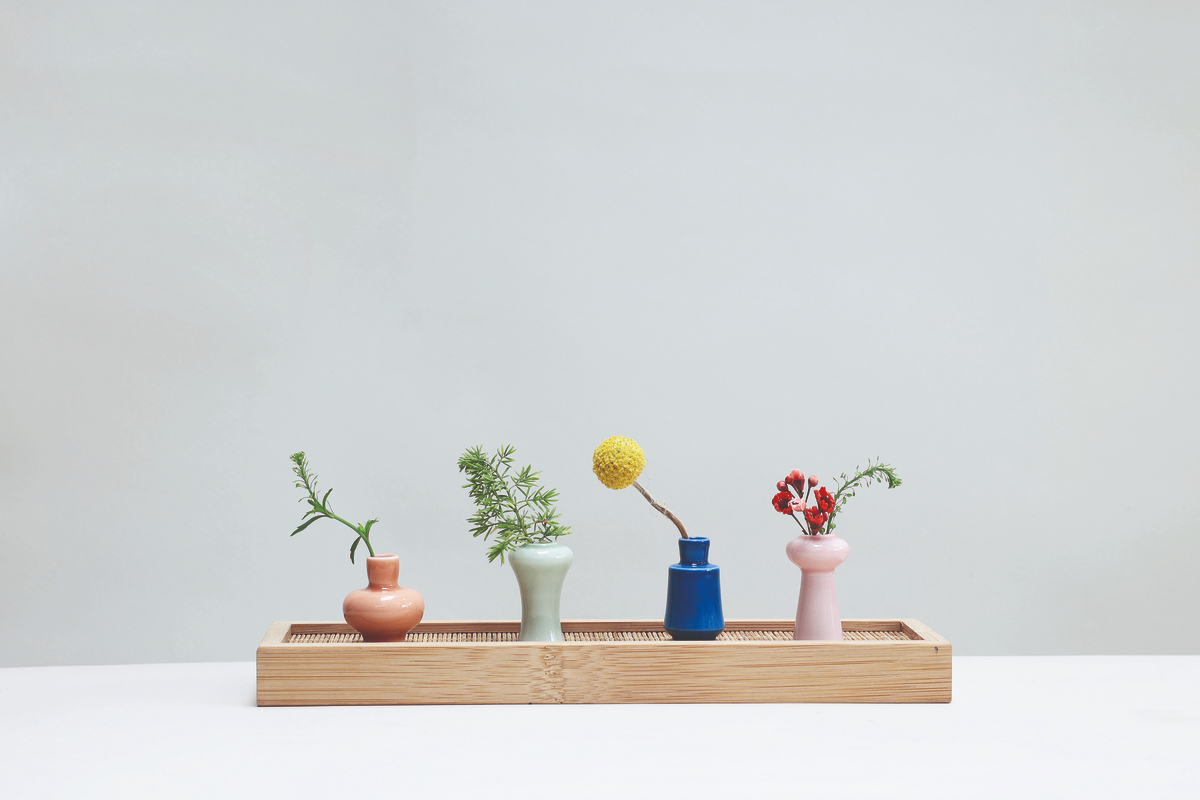
Can you tell us the story behind the inception of Oh Leaf and what inspired you to choose ceramics as your medium of choice?
Both Carol and I are creative designers. In our early 20s, we traveled extensively, visiting many independent retail shops worldwide. We dreamed of designing our products and setting up a small shop. For us, it was more about sharing and appreciating others’ lives than about shopping or owning something.
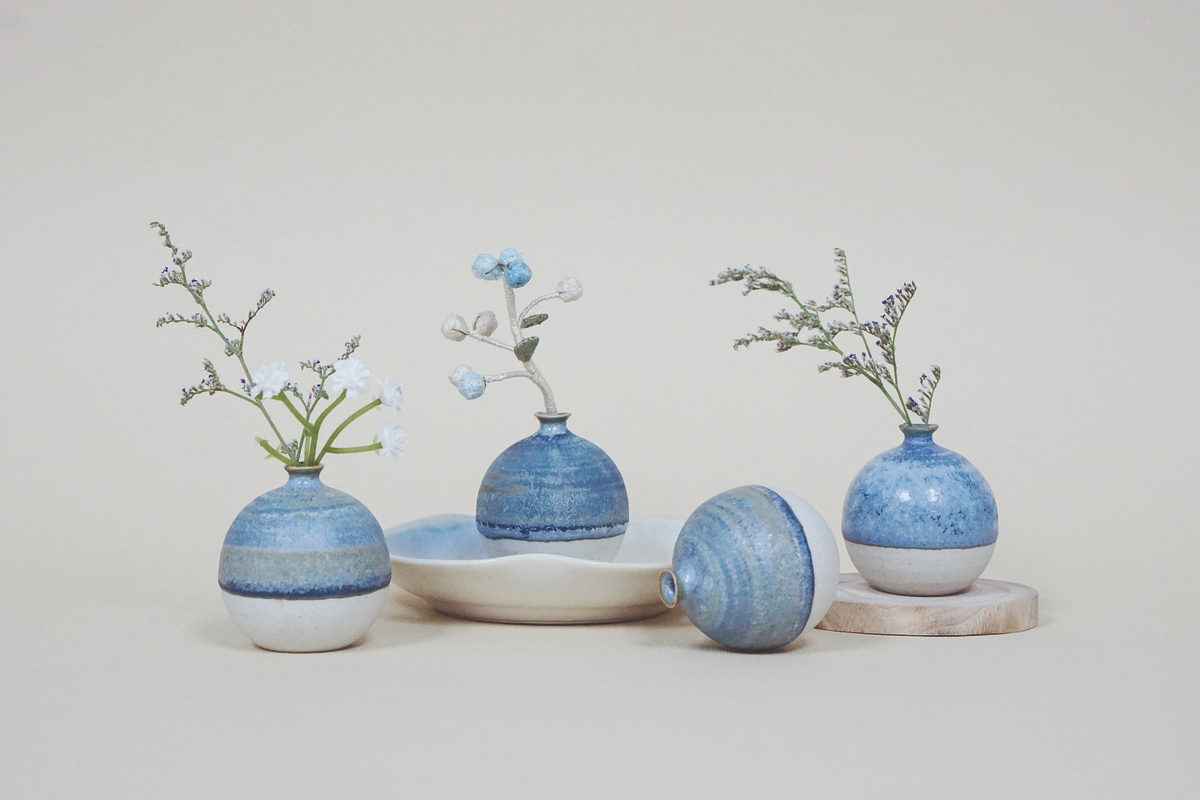
Since my youth, I have been drawn to ceramics, from everyday tableware to high art. Ceramics possess a unique combination of sturdiness and fragility. This medium allows for the translation of various art forms, such as paintings and sculptures, while remaining functional, approachable, and personal.
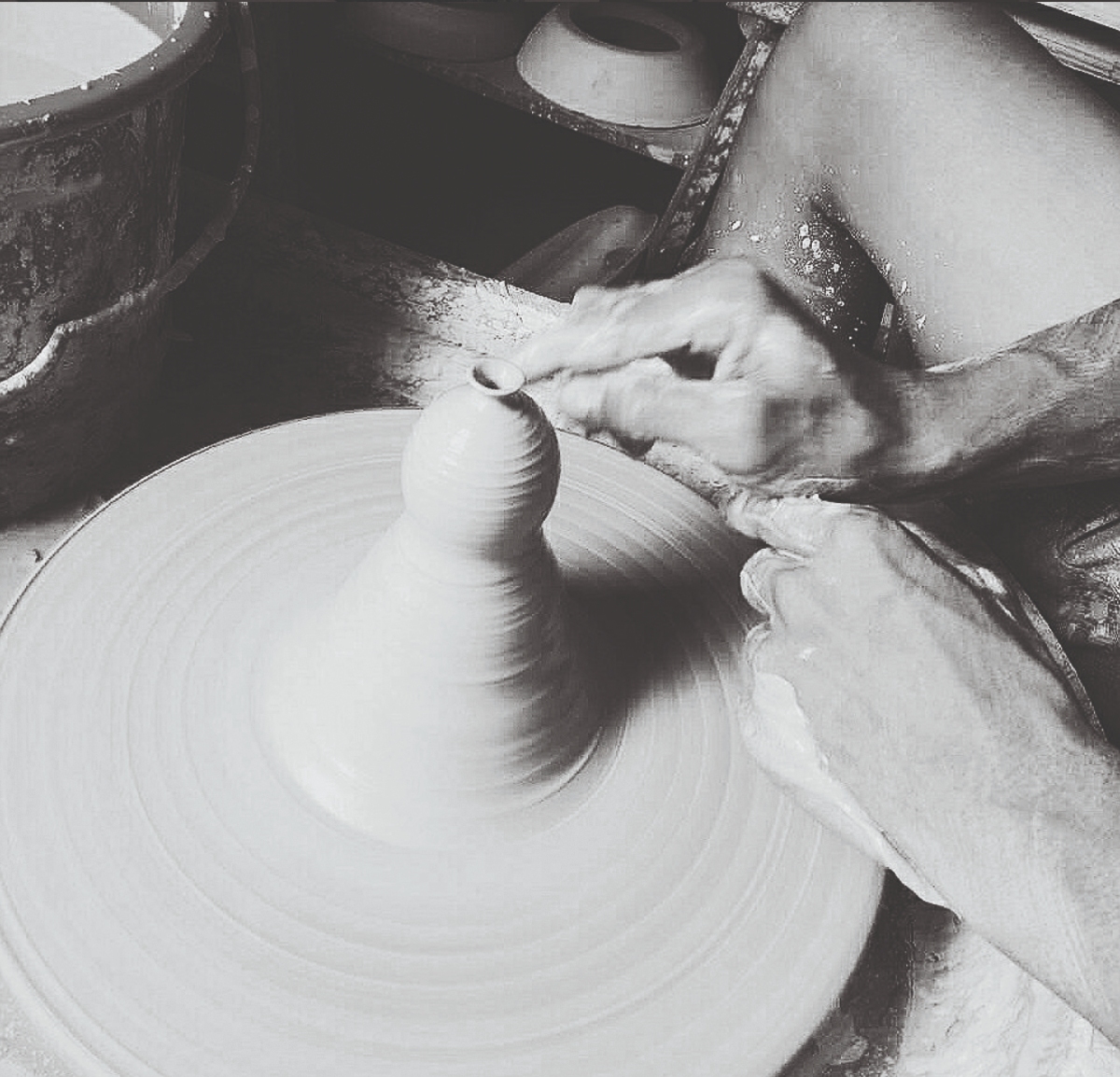
In 2015, we visited Jingdezhen, a city in China renowned for its ceramics. The way ceramics are seamlessly woven into the daily life of this city struck a deep chord with us. It was inspiring to see the locals not just work with ceramics but also live alongside them. Even when the outcomes weren’t perfect, they cherished their creations, embedding broken porcelain pieces into walls and floors as a testament to their effort, dedication, and respect for their craft. Jingdezhen, with its rich ceramic heritage, attracts artists worldwide. During our several months’ stay, we connected with many like- minded makers and artists, where we designed our first mini vase collection.
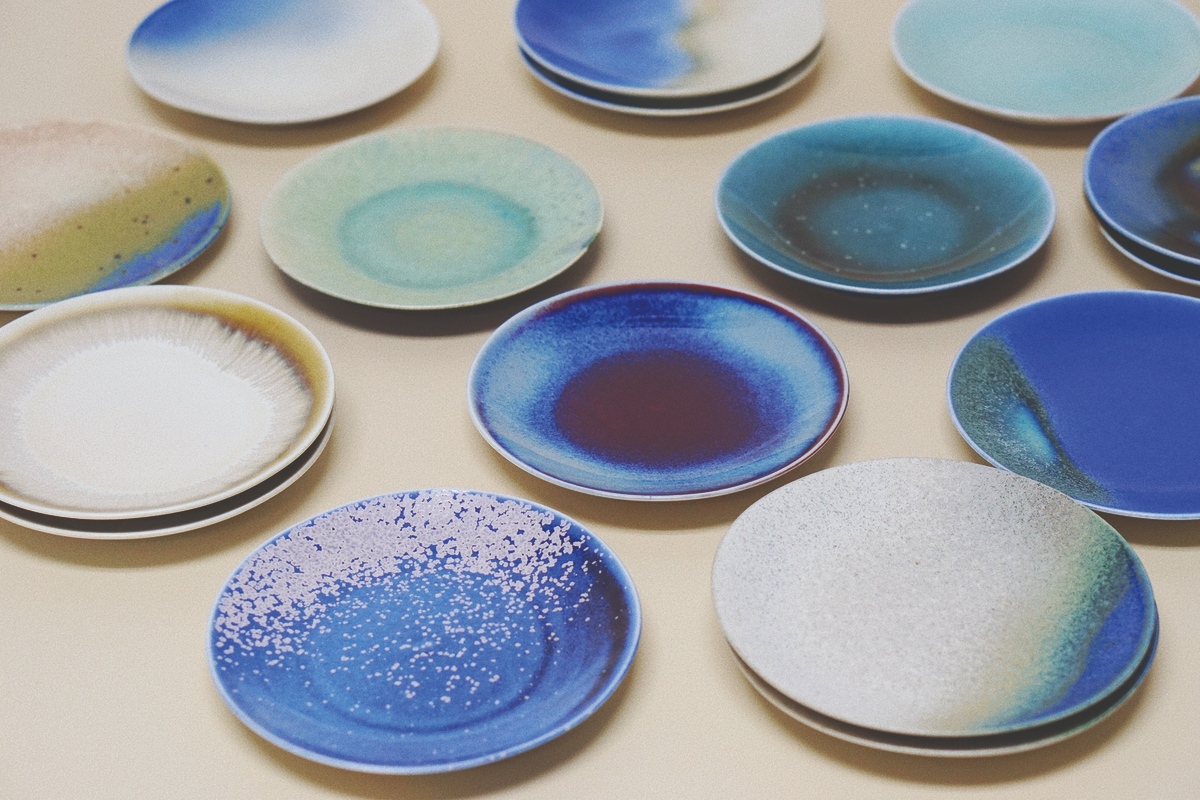
To us, transforming a lump of clay into something meaningful transcends intricate details and functionality. We view our vases, plates, cups, and mugs as extensions of ourselves and others. Our goal in creating sophisticated and joyful home decor pieces isn’t to impress; it’s about bringing warmth and a human touch into one’s own space.
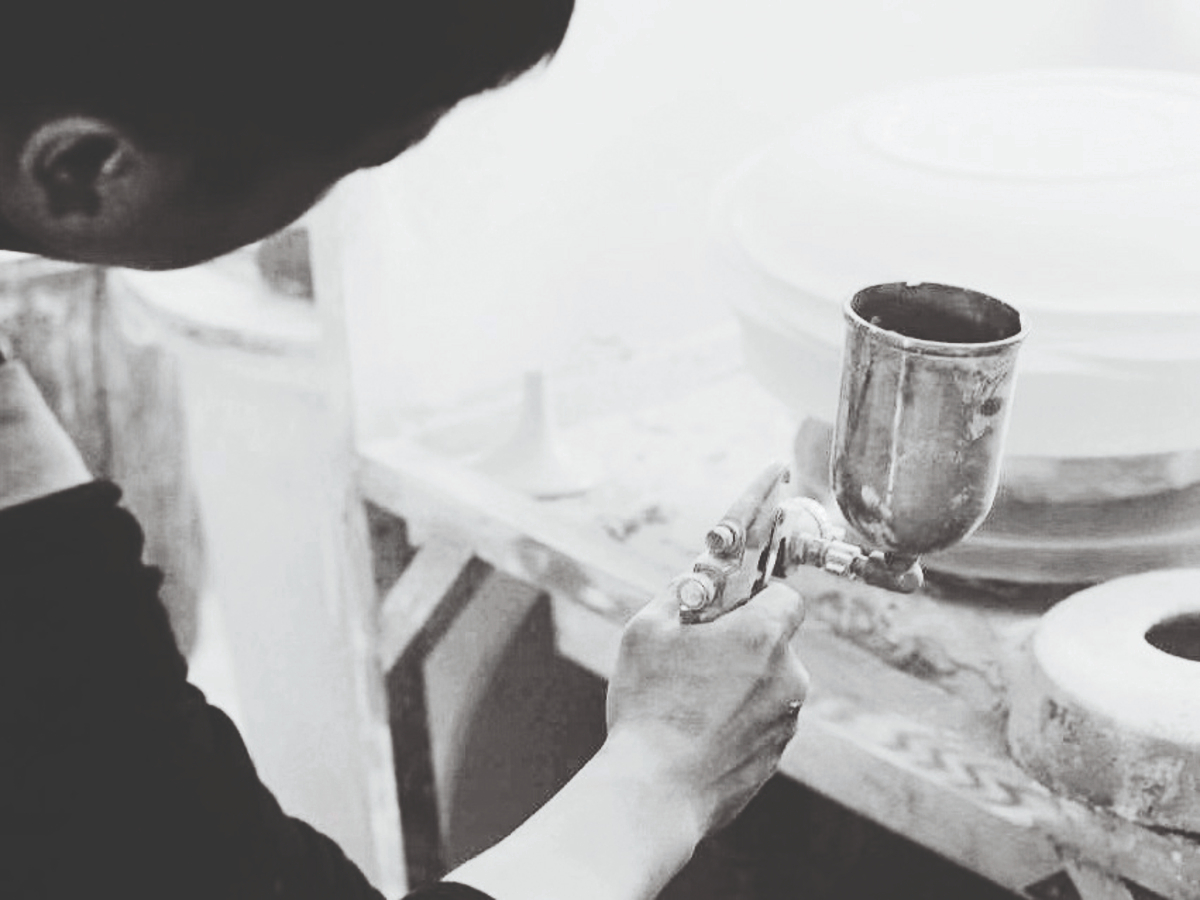
How do you think your local roots influence the designs and aesthetics of your ceramics?
We love the idea of collision and fusion. We learned and experienced the minimalist and contemporary design approaches influenced by Japan and Nordic countries in Singapore. We use timeless forms to bring out the simplicity in our ceramics. But when it comes to colors and glazes, we always try something rich and unpredictable.
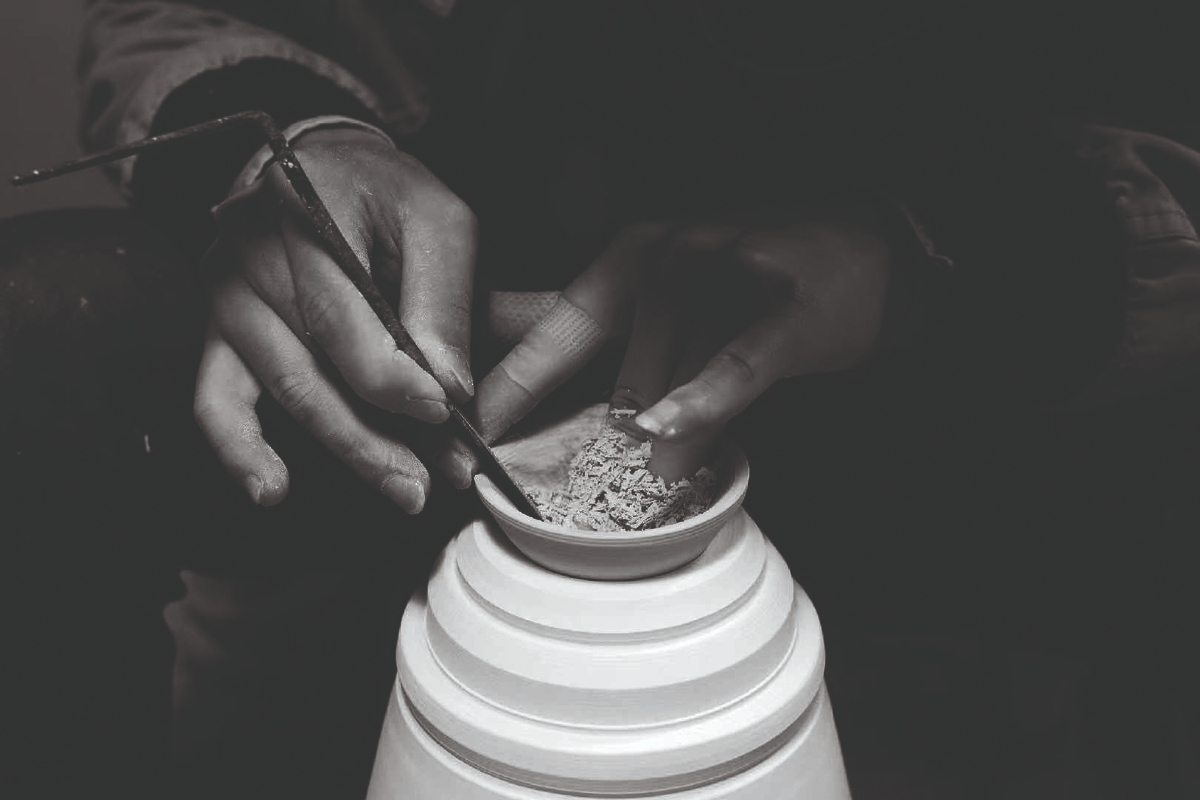
Could you walk us through your creative process from concept to final product?
While we may not be as skilled with our hands as our incredible potters and makers, we deeply appreciate the creative process when designing new products for Ohleaf. Nature serves as our primary muse. In our day- to-day lives, we capture countless photos of nature’s beauty, focusing on its colours, textures, layers, and patterns. Each year, we dedicate a few weeks in Jingdezhen to experimenting and developing new glazes with our makers, striving to replicate the nuances we observe in nature. When we discover new colours, they spark inspiration for designing the perfect vessel.
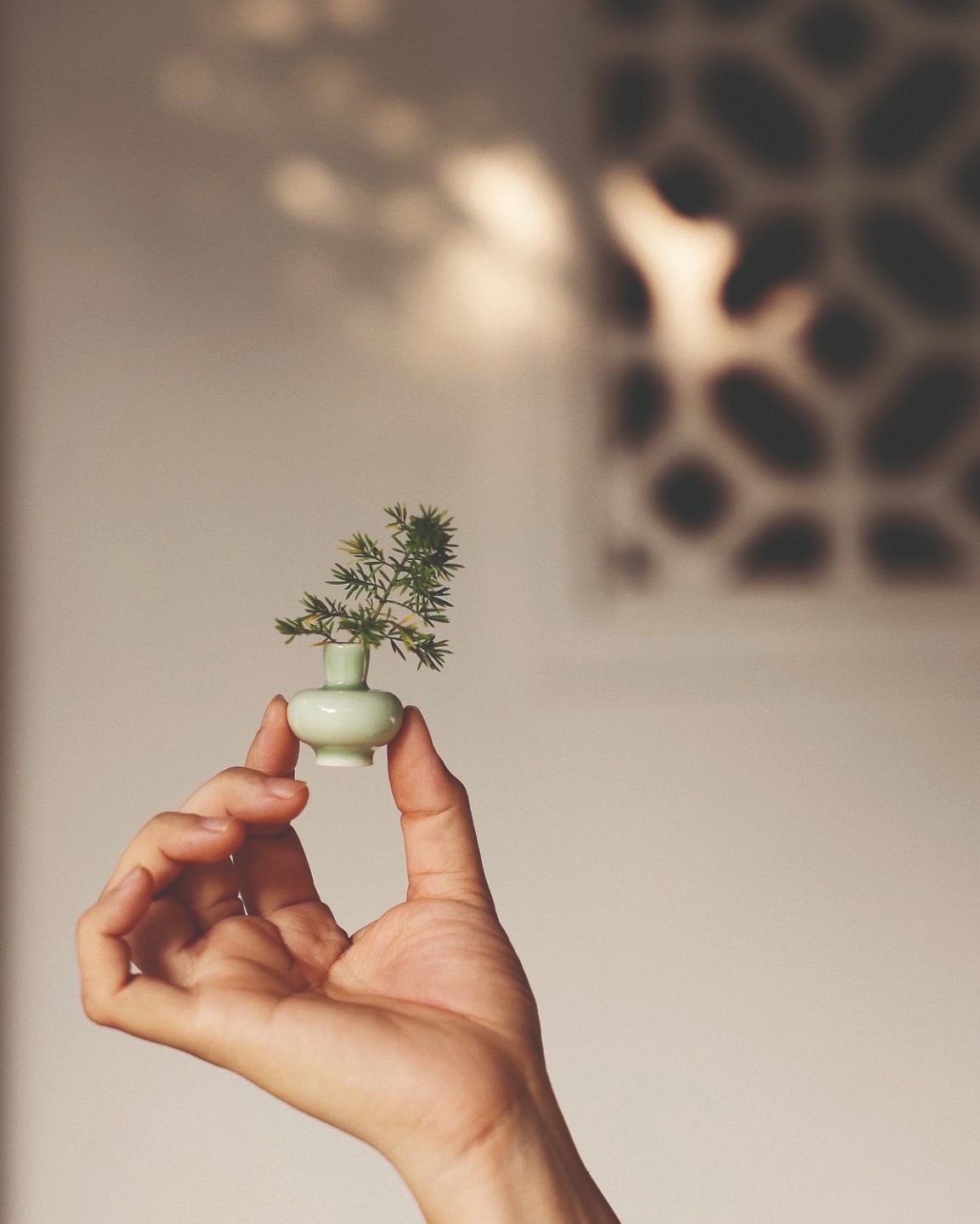
The next step is the vessel’s design, where we balance functionality with aesthetic appeal. Take our mini vase collection, for example. Though they appear cute and meticulously crafted, they serve a purpose beyond their looks. Our customers adore them not just for their craftsmanship but for their subtle functionality. Home decor typically focuses on public spaces and often involves the perceptions of others. A vase with a bouquet, seen as a centrepiece, implies an audience. However, our mini vases
are designed for personal spaces, not for home decor. They cater to the individual’s desire for self- expression and personal enjoyment.
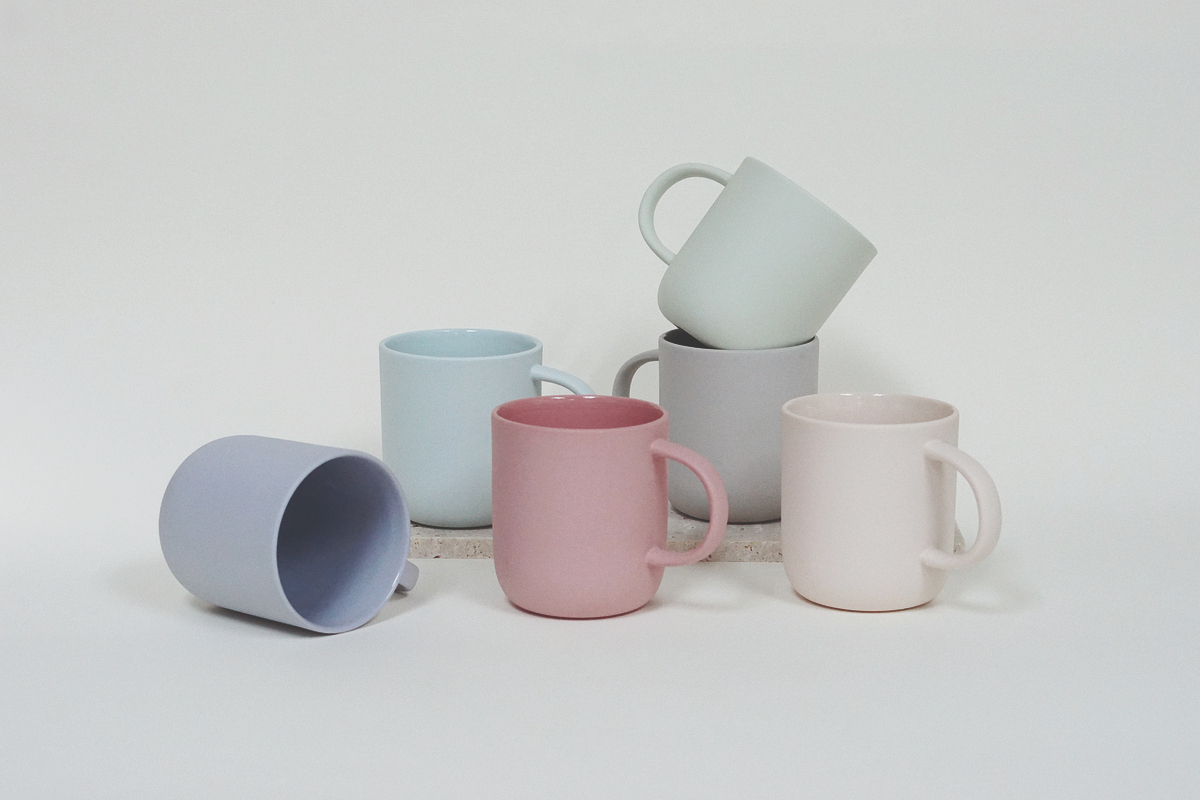
What sets your ceramic products apart from those of larger, commercial brands?
Uniqueness is one aspect, especially for those who don’t want their spaces to look like everyone else’s. However, the deeper connection between our products and our customers is another vital element. There’s no denying that numerous behind-the-scenes stories and design philosophies contribute to even the smallest items. For us, it’s not just about selling products; we make an effort to personally meet our customers at local art fairs and events. Our goal isn’t just to share our stories, but to learn theirs. We were pleasantly surprised to discover that many people use our mini vases to hold their cat’s whiskers. As a brand, it’s incredibly fulfilling to see our customers create their own narratives with our products.
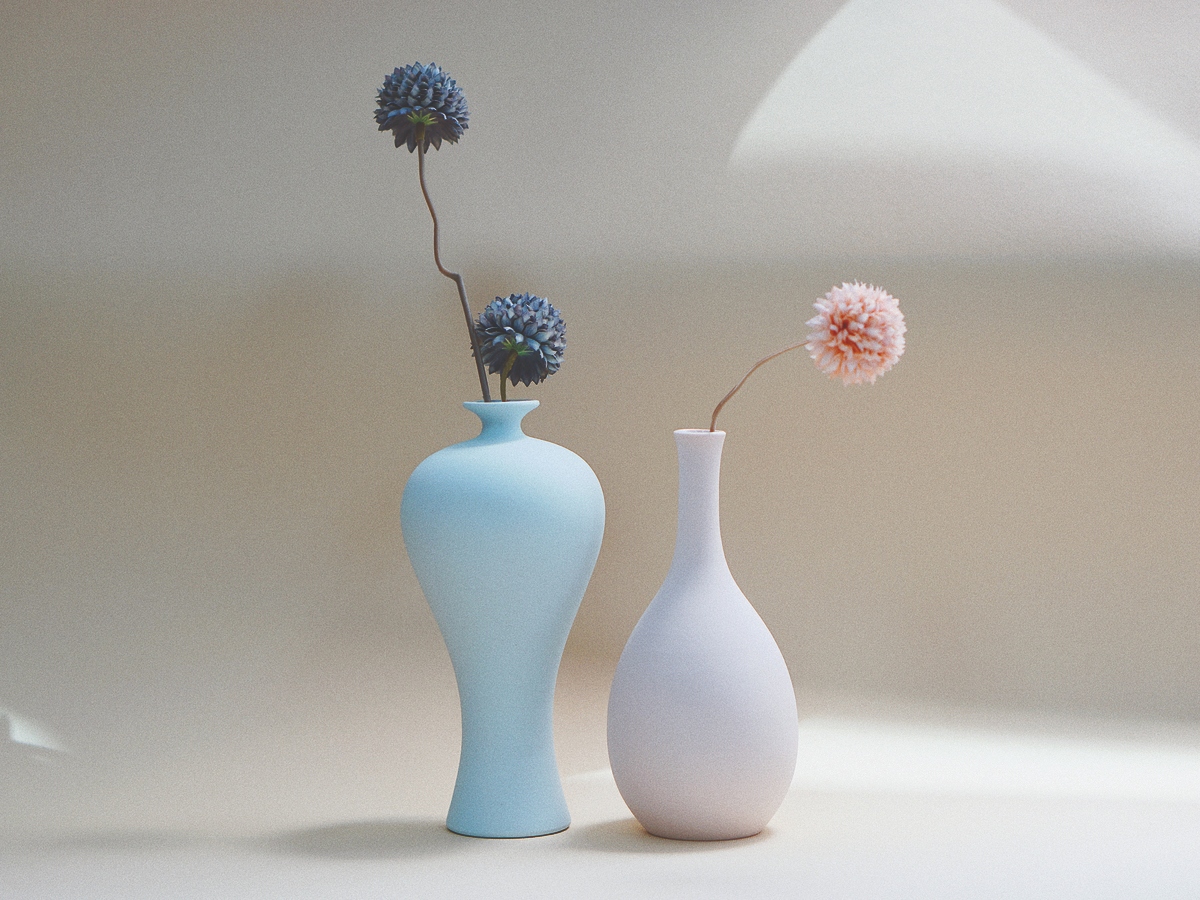
How do you ensure sustainability and eco-friendliness in your production process?
First and foremost, we are committed to reducing plastic use in our packaging. This hasn’t been easy, as we need to ensure our products remain intact during delivery. We’ve switched to recycled craft paper for our new packaging and have minimised the use of printing ink. As for the products themselves, our broken and unwanted pieces are recycled. An innovative ceramic recycling company in Jingdezhen repurposes these into bricks and other construction materials.
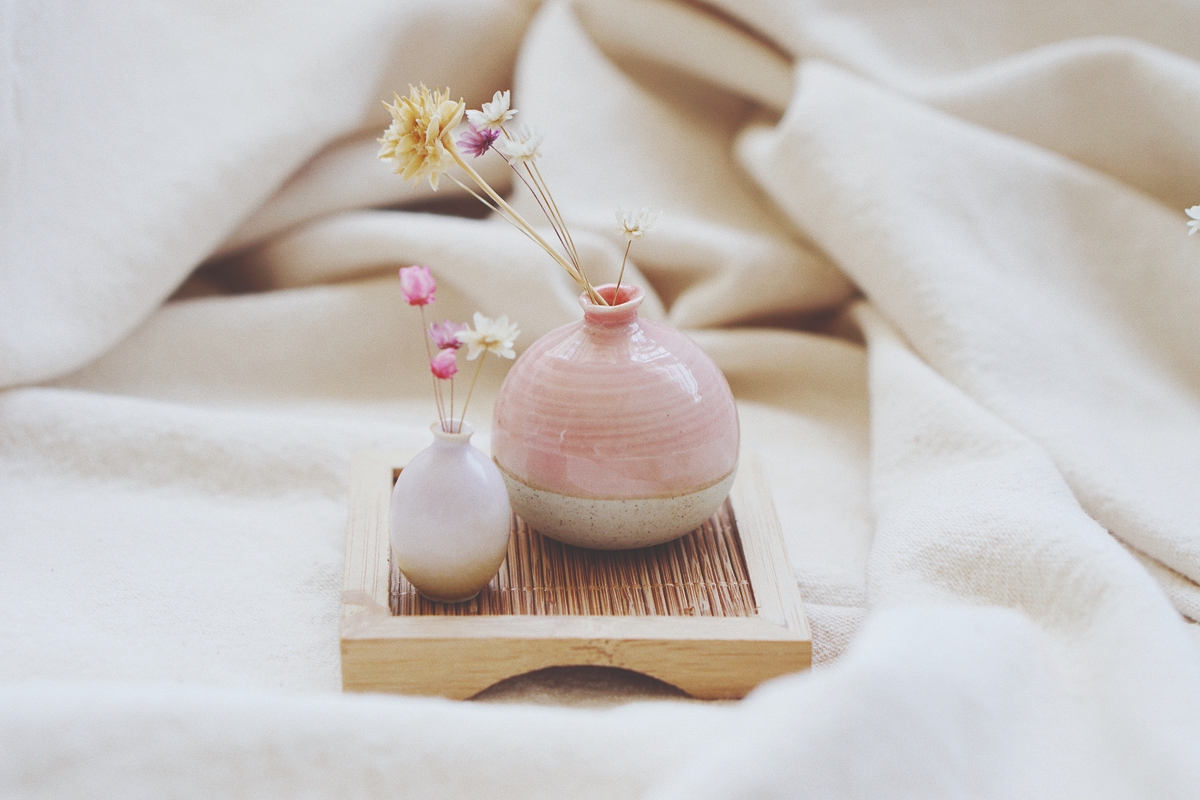
Can you share a particularly memorable or challenging custom project you’ve undertaken?
A few years ago, we received a custom project offer from SingHealth to create a corporate gift set for their overseas events. It was our first corporate customisation project at the time. They wanted us to incorporate their brand identity into our product. Rather than simply copying and pasting their logo, we collaborated with a Chinese watercolour painting artist who hand-painted orange and blue brush strokes onto a vase. They were thrilled with the result.

What role does community play in the development and growth of your business?
We owe our growth to our community. We’re part of a creative and inspirational network that supports us in experimentation, product-making, and the design process. We exchange ideas on design thinking, inspiration, and judgement. Our community comprises other makers, designers, organisers, and business owners. For instance, the team at Public Garden consistently organises outstanding art and craft events, providing brands like ours the opportunity to interact with customers. Additionally, many retail owners help us increase our market visibility. Other local lifestyle brand owners share their experiences and open up new opportunities for us. The community enables us to grow not only as a brand but also as individuals.
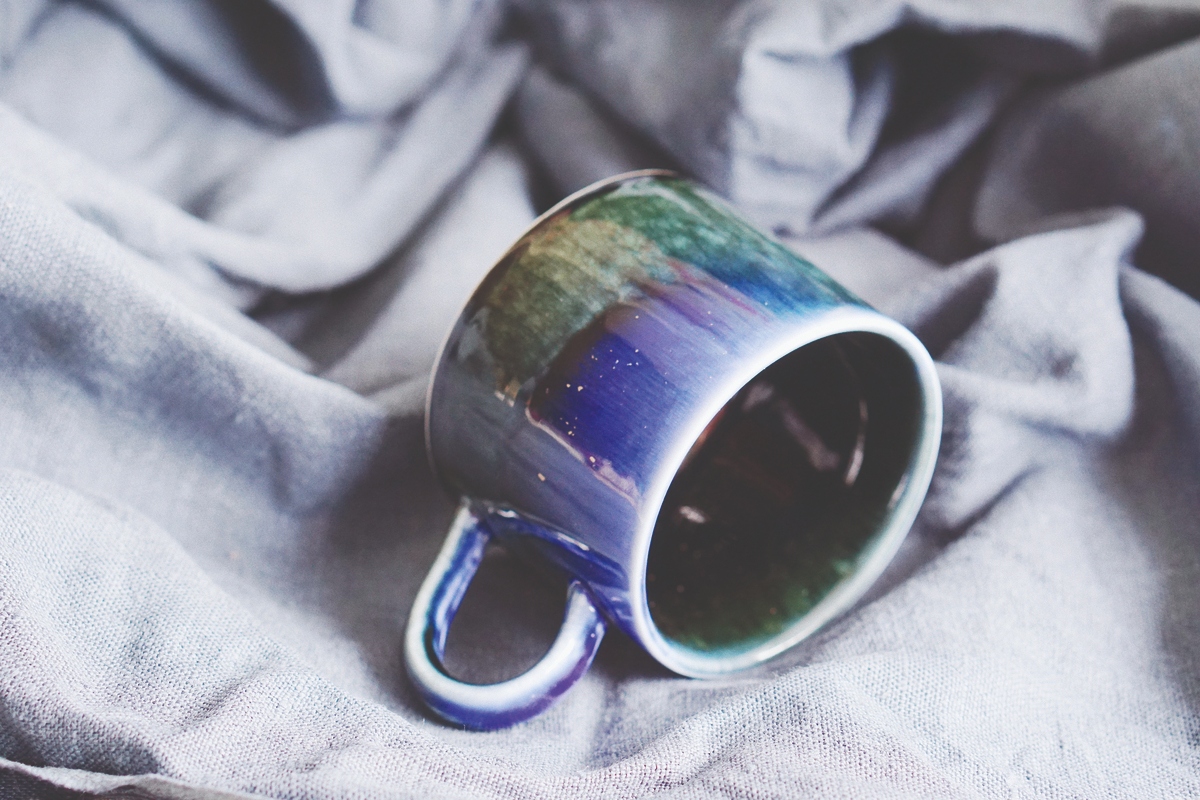
Looking ahead, what are some goals or aspirations you have for your business in the next five years?
In the past few years, we’ve faced periods of stagnation due to various reasons. One of our immediate goals is to consistently create and launch new collections. Looking ahead, we aspire to set up a small shop within the next five years. It may not be an extravagant gallery, but a space where people can learn more about us, ceramics, and Jingdezhen. We also hope to host small workshops and events, inviting some of our makers to share their expertise.
Finally, do you have any exciting new projects or collaborations on the horizon that you can tell us about?
Last month, we launched our Oriental Mini Vase Collection and received an overwhelming response, with the first batch nearly selling out within a month. Inspired by the strong connotation of oriental porcelain, we aim to introduce more traditional ceramic ware to our customers, such as Ru-ware and Qinghuaci. We are also collaborating with talented perfumers to create essential oils featuring oriental spices, which will complement our mini vases. Additionally, we are partnering with some talented young architects on our new mid-size vase collections, focusing on playing with space and forms.
